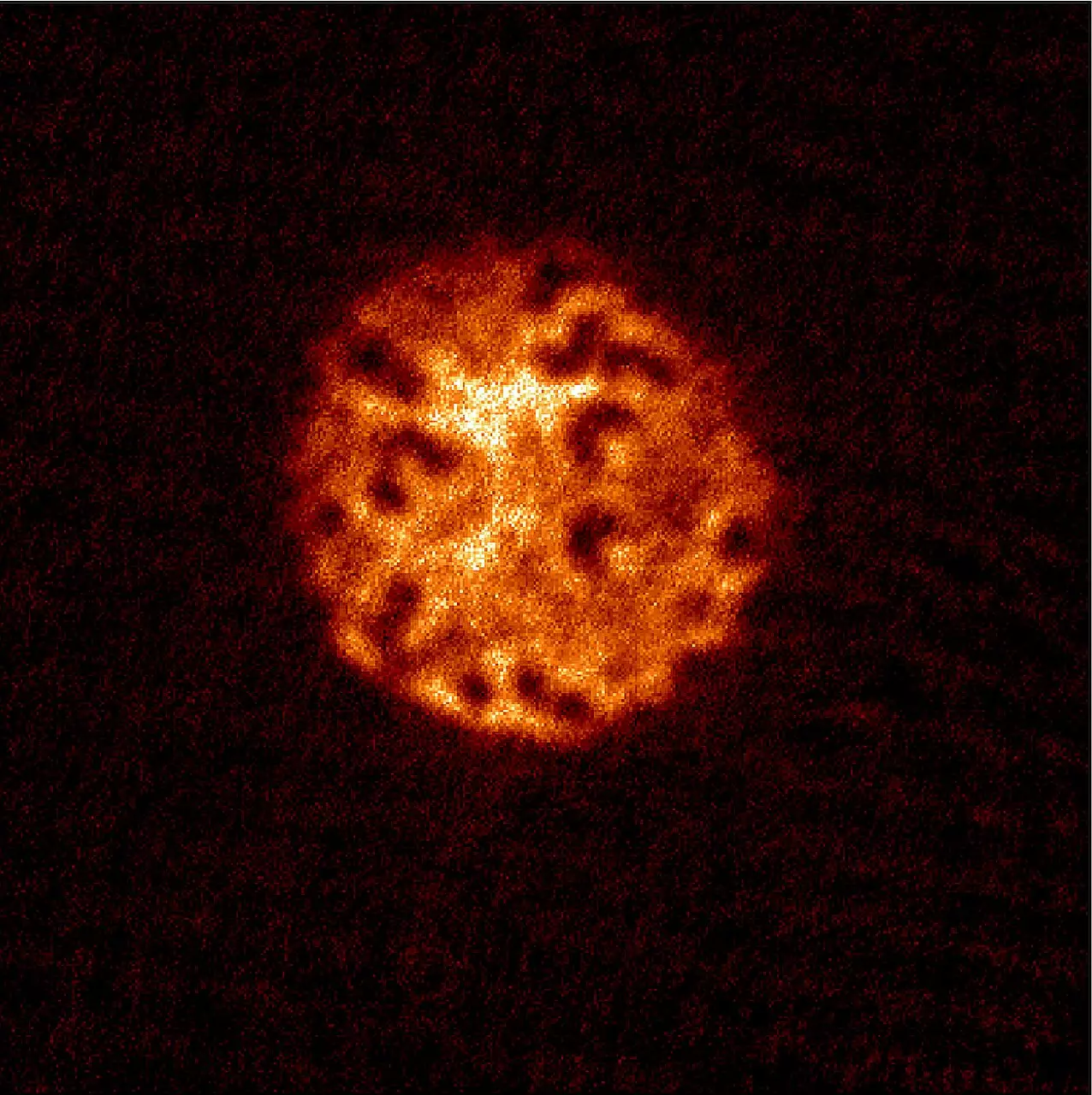The Kibble–Zurek (KZ) mechanism serves as a pivotal theoretical foundation in understanding non-equilibrium phase transitions in various physical systems. Introduced by physicists Tom Kibble and Wojciech Zurek, this mechanism pertains to the emergence of topological defects, such as vortices, during phase transitions where a system is driven away from equilibrium. This fascinating framework has garnered increasing attention in recent years, especially as experimental advancements enable researchers to explore its implications in diverse fields of physics.
According to a groundbreaking study conducted by teams at Seoul National University and the Institute for Basic Science in Korea, evidence supporting KZ scaling has been observed in a strongly interacting Fermi gas undergoing a transition to a superfluid state. The researchers’ findings, published in *Nature Physics*, could significantly enhance our understanding of superfluidity and its underlying principles, paving the way for further experimental investigations into this long-standing framework in quantum mechanics.
Superfluidity, a phenomenon where a fluid can flow without viscosity or resistance, captivates physicists due to its remarkable implications for quantum mechanics at macroscopic scales. As Kyuhwan Lee, co-author of the study, emphasized, superfluidity represents a collective behavior of interacting particles at extremely low temperatures. During the transition from a normal phase, where resistance is akin to that of ordinary liquids, to a superfluid phase, intriguing questions arise: how do superfluids develop, and what dynamics govern this transition?
Zurek’s interest in this phenomenon was sparked in the 1980s when he conceptualized experimental ways to probe multiverse dynamics during superfluid transitions. By investigating the remnants—that is, the quantum vortices which manifest in the process—scientists could gain insights into the mechanisms behind superfluidity. One of Zurek’s crucial predictions, now referred to as KZ scaling, posits that the quantity of produced quantum vortices scales in a power-law manner relative to the velocity at which the transition is executed. Consequently, if the phase transition occurs abruptly, the formation of vortices becomes more pronounced.
The research team faced significant challenges while attempting to observe KZ scaling in a Fermi superfluid, a system characterized by its strongly interacting particles. They utilized an atomic cloud of lithium-6 (6Li) atoms, cooled to nanokelvin temperatures, creating a spatially uniform sample necessary for accurate observations of the phase transition. As Lee explained, the uniformity was critical; inconsistent spatial properties could yield disparate phase transition timings, confounding comparisons to theoretical models.
To examine KZ scaling effectively, the researchers capitalized on the tunability of interatomic interactions using magnetic Feshbach resonance, allowing them to manipulate interaction strengths alongside thermal control. By finely adjusting these parameters, the scientists quenched the temperature and interaction strength of their atomic cloud, investigating the resulting superfluid transition dynamics in a systematic manner.
Remarkably, irrespective of whether the temperature or interaction strength was altered, the researchers discovered consistent KZ scaling behavior across a broad dynamic range. This universality of the observed scaling behavior marks a significant milestone in the field, offering a cohesive perspective on phase transition dynamics in superfluids.
The findings from this research contribute profoundly to our understanding of the KZ mechanism, particularly within the context of superfluidity. Lee remarked on the notion of universality, where complex physical systems reveal common features that transcend their individual complexities. The implications extend beyond superfluids, providing potential analytical frameworks applicable to various areas of condensed matter physics, including superconductors and ferroelectrics.
Looking ahead, the research team seeks to explore phenomena emerging from their experimental observations that may not align neatly with existing interpretations of the KZ framework. One intriguing avenue involves investigating deviations from KZ scaling observed during rapid quenches. As Lee pointed out, this could be attributed to “early-time coarsening”; in essence, the initial growth dynamics of the superfluid during rapid transitions could inhibit vortex formation.
This ongoing exploration into the dynamics of non-equilibrium phase transitions promises to yield deeper insights into the nature of superfluids and related systems. The complexity of superfluidity not only showcases the rich tapestry of quantum mechanics but also facilitates Rome’s research on other exotic states of matter, potentially unraveling even greater mysteries in the quantum realm.
The Kibble–Zurek mechanism represents a compelling intersection of theoretical physics and experimental inquiry. As researchers continue to probe its intricacies, the evolution of our understanding of superfluidity and phase transitions will invariably deepen, illuminating the fascinating dynamics that govern the behavior of matter under extreme conditions.

